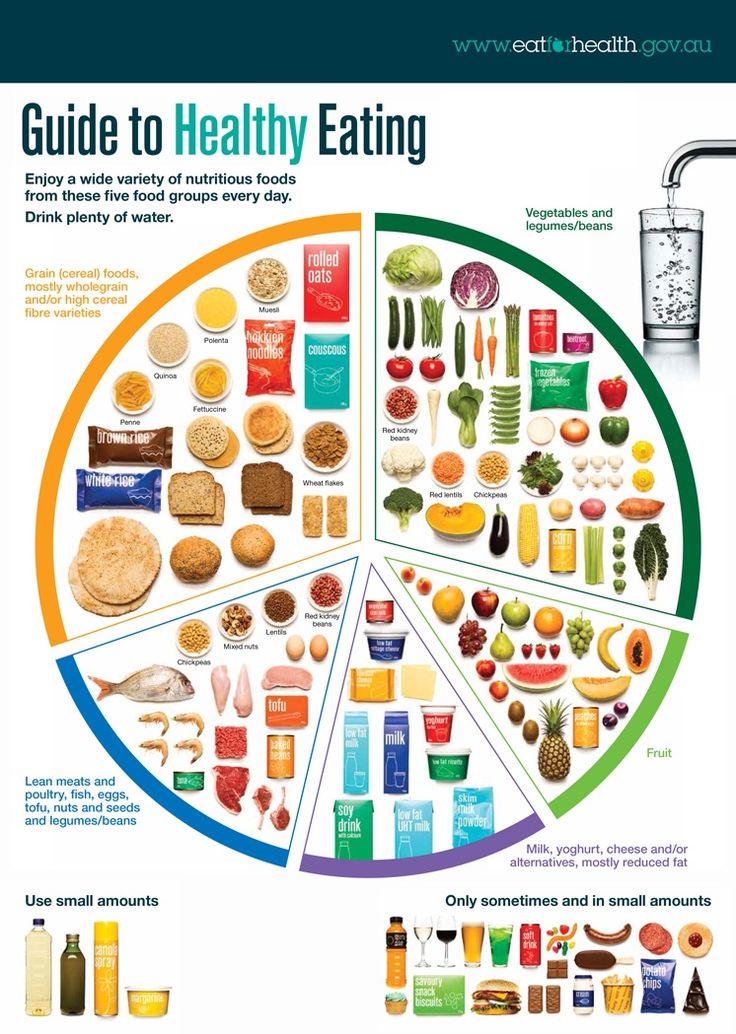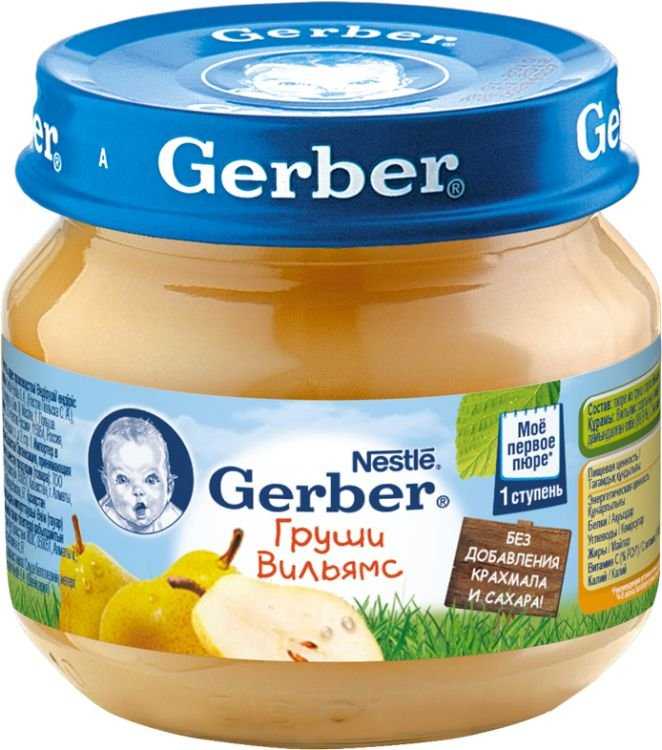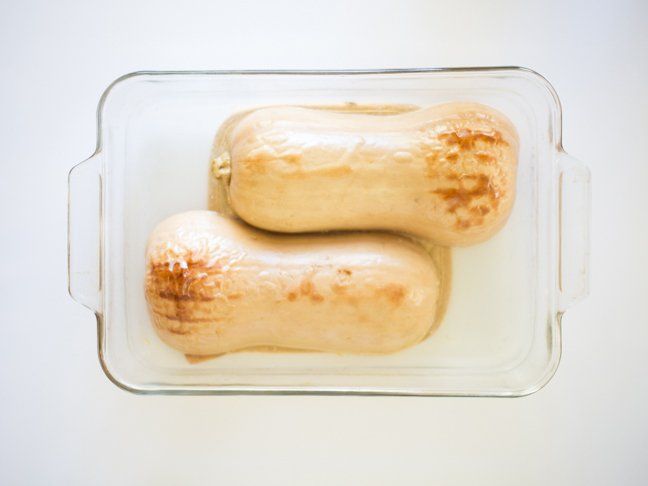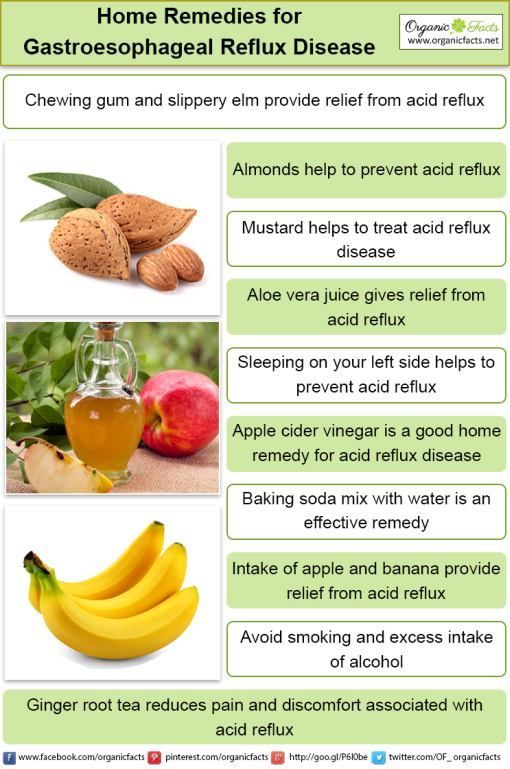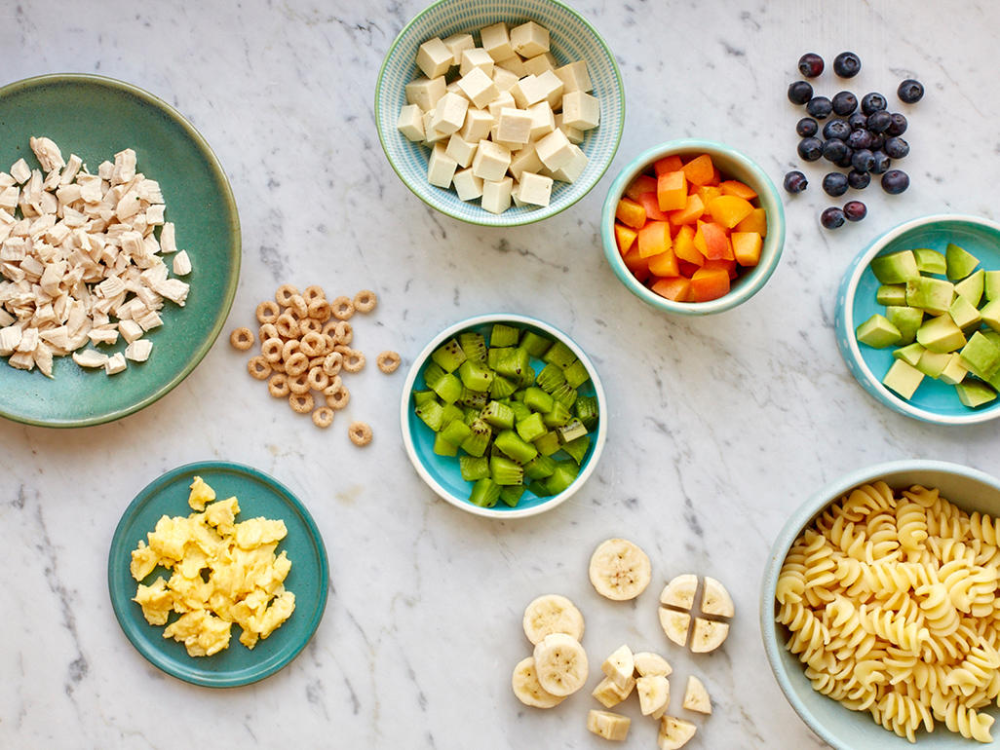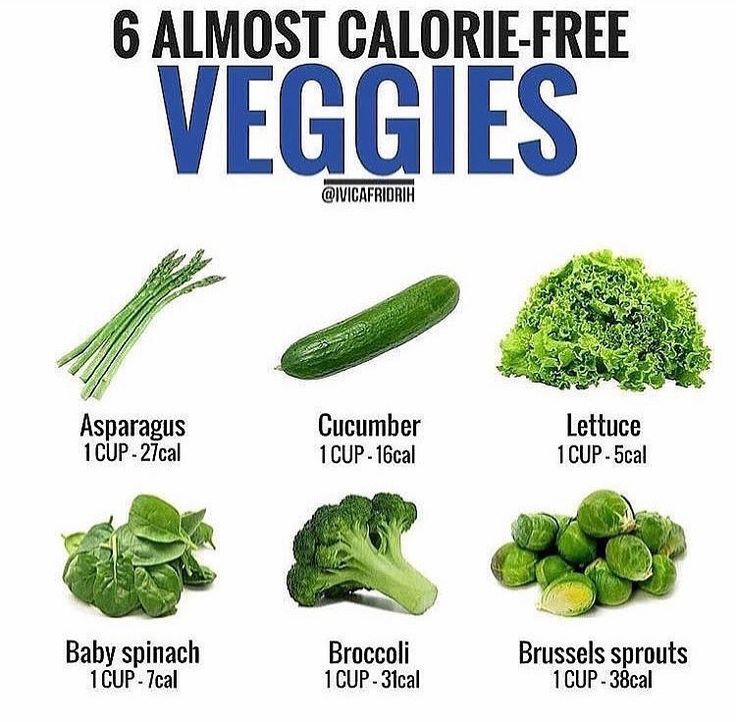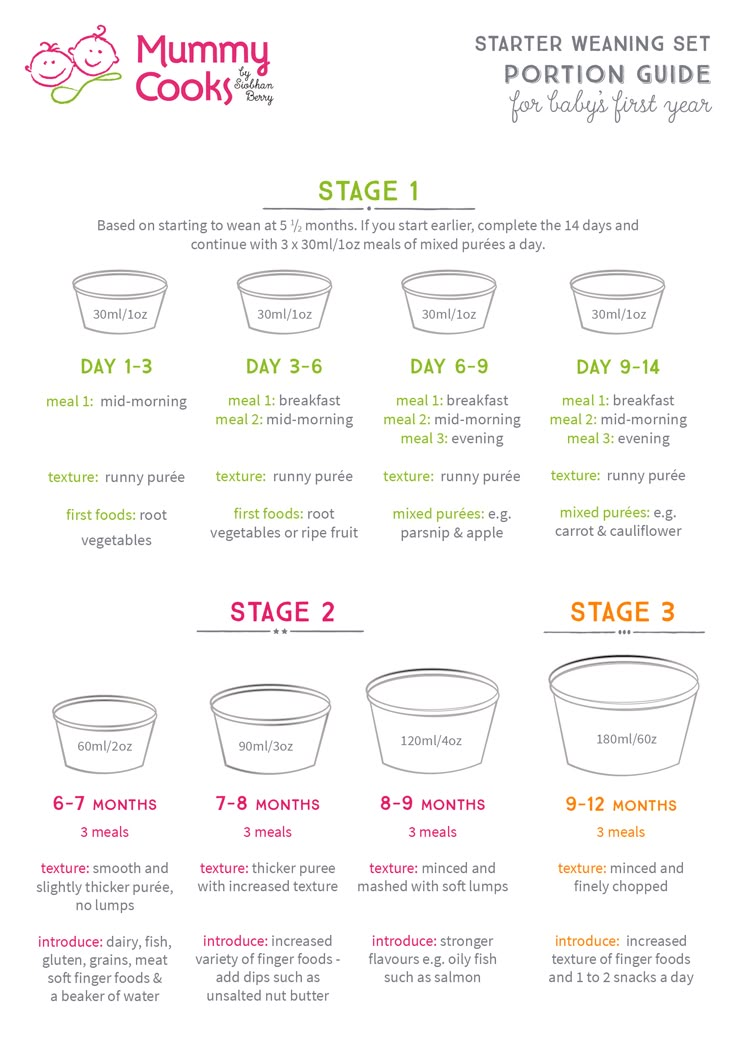Baby food groups
Healthy food groups: babies & toddlers
What is healthy food for babies and toddlers?
Healthy food for babies and toddlers includes a wide variety of fresh foods from the five healthy food groups:
- vegetables
- fruit
- grains
- dairy
- protein.
Each food group has different nutrients, which your child’s body needs to grow and work properly. That’s why we need to eat a range of foods from across all five food groups.
Going from drinking breastmilk or infant formula to eating family meals takes time, and your baby won’t be eating food from all five food groups straight away. Starting your baby on solids is the first step. Once your baby has started eating solids, try to include foods from a variety of groups at each meal.
Fruit and vegetables
Fruit and vegetables give your child energy, vitamins, anti-oxidants, fibre and water. These nutrients help to protect your baby from diseases later in life, including diseases like heart disease, stroke and some cancers.
It’s a good idea to offer your baby fruit and vegetables at every meal and for snacks. Try to choose fruit and vegies of different colours, tastes and textures, both fresh and cooked.
Wash fruit to remove dirt or chemicals, and leave any edible skin on, because the skin contains nutrients too.
Many children seem to be ‘fussy’ about eating fruit and vegies. You can help by being a healthy eating role model. If your child sees you eating a wide range of vegetables and fruit, your child is more likely to try them too.
Grain foods
Grain foods include bread, pasta, noodles, breakfast cereals, couscous, rice, corn, quinoa, polenta, oats and barley. These foods give children the energy they need to grow, develop and learn.
Grain foods with a low glycaemic index, like wholegrain pasta and breads, will give your child longer-lasting energy and keep them feeling fuller for longer.
Dairy
Key dairy foods are milk, cheese and yoghurt. These foods are good sources of protein and calcium.
These foods are good sources of protein and calcium.
Dairy foods can be introduced from around six months of age. But make sure that breastmilk or infant formula is your baby’s main drink until around 12 months of age, when most children are eating family meals. After that, you can give your child full-fat cow’s milk if they’re eating a balanced diet.
Because children in this age group are growing so quickly and need a lot of energy, they need full-fat dairy products until they turn two.
If you’re thinking of feeding your baby dairy alternatives, it’s best to talk to your paediatrician, GP or child and family health nurse.
Protein
Protein-rich foods include lean meat, fish, chicken, eggs, beans, lentils, chickpeas, tofu and nuts. These foods are important for your child’s growth and muscle development.
These foods also contain other useful vitamins and minerals like iron, zinc, vitamin B12 and omega-3 fatty acids. Iron and omega-3 fatty acids from red meat and oily fish are particularly important for your child’s brain development and learning.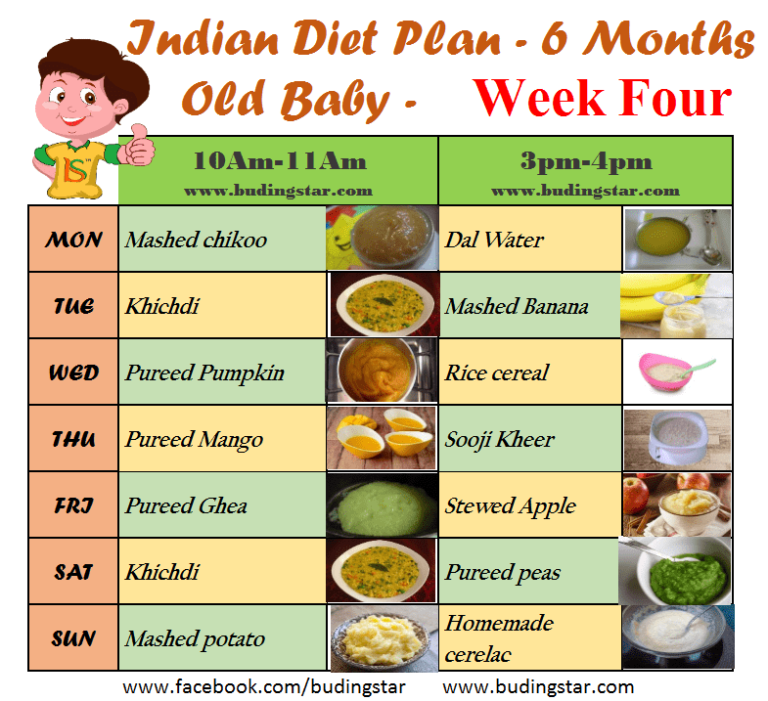
Have a look at our illustrated dietary guidelines for children 1-2 years and illustrated dietary guidelines for children 2-3 years for more information about daily food portions and recommendations. You can also speak to a dietitian if you have concerns about your child’s eating.
Healthy drinks
Water is the healthiest drink for children over 12 months. It’s also the cheapest. Most tap water is fortified with fluoride for strong teeth too.
From six months, breastfed and formula-fed babies can have small amounts of cooled boiled tap water from a cup.
Foods and drinks to limit
It’s best to limit the amount of ‘sometimes’ food your child eats. This means your child will have more room for healthy, everyday foods.
‘Sometimes’ foods include fast food, takeaway and junk food like hot chips, potato chips, dim sims, pies, burgers and takeaway pizza. These foods also include cakes, chocolate, lollies, biscuits, doughnuts and pastries.
‘Sometimes’ foods can be high in salt, saturated fat and sugar, and low in fibre. Regularly eating these foods can increase the risk of health conditions like childhood obesity and type-2 diabetes.
You should also limit sweet drinks for your child, including fruit juice, cordials, sports drinks, flavoured waters, soft drinks and flavoured milks. Sweet drinks are high in sugar and low in nutrients.
Too many sweet drinks can lead to unhealthy weight gain, obesity and tooth decay. These drinks fill your child up and can make them less hungry for healthy meals. If children regularly have sweet drinks when they’re young, it can kick off an unhealthy lifelong habit.
Foods and drinks with caffeine aren’t recommended for children, because caffeine stops the body from absorbing calcium well. Caffeine is also a stimulant, which means it gives children artificial energy. These foods and drinks include coffee, tea, energy drinks and chocolate.
Healthy alternatives for snacks and desserts
It’s fine to offer your child snacks, but try to make sure they’re healthy. Fruit and vegetables are a good choice – for example, grated or thinly sliced carrot or apple.
The same goes for dessert at the end of a meal. Sliced fruit or yoghurt are healthy options. If you want to serve something special, try homemade banana bread. Save the seriously sweet stuff, like cakes and chocolate, for special occasions like birthdays.
The Australian Guide to Healthy Eating says that both children and adults should avoid or limit sometimes food. It’s best to save these foods for special occasions.
Toddlers | MyPlate
Back to Life Stages
Give your toddler healthy choices as they explore new foods and flavors.
Toddlers are learning to feed themselves and to eat new foods during this important time of growth and development. Young children have small stomachs and are developing food preferences, so make every bite count!
Image
Healthy EatingLearn more
Image
Picky EatingLearn more
Image
Serve Safe FoodLearn more
Image
MyPlate TipsLearn more
Image
ResourcesLearn more
Healthy Eating
It’s important for toddlers to eat a variety of fruits, vegetables, grains, protein foods, and dairy and fortified soy alternatives.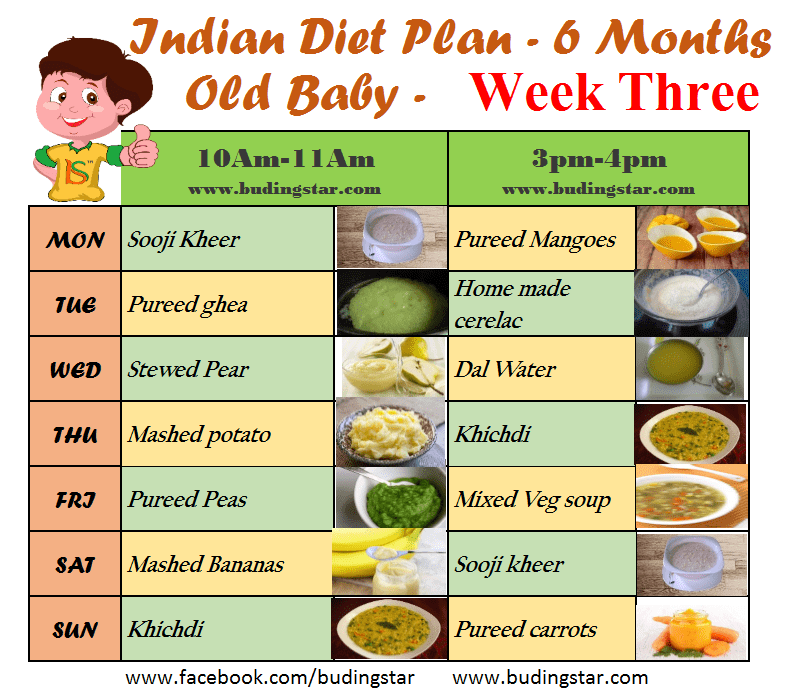 Avoid foods and beverages with added sugars and choose those with lower sodium. Experiment with flavors, colors, and textures to see what your child likes.
Avoid foods and beverages with added sugars and choose those with lower sodium. Experiment with flavors, colors, and textures to see what your child likes.
The amount of food a young child needs depends on a variety of factors. Use the MyPlate Plan as a general guide to how much they should eat from each food group every day.
Toddlers have a wide range of normal growth; every child is different. Your child’s healthcare provider will monitor their growth over time using growth charts and other tools. Be sure to discuss concerns you may have about your child’s growth with their healthcare provider.
Image
Picky Eating
Behaviors sometimes considered to be “picky eating” are normal for toddlers as they explore new foods and learn to communicate their needs and preferences. Try the following tips to help with this behavior in a positive way:
- Your child may be unwilling to try new foods. Try serving a new food alongside a familiar food in the same meal.
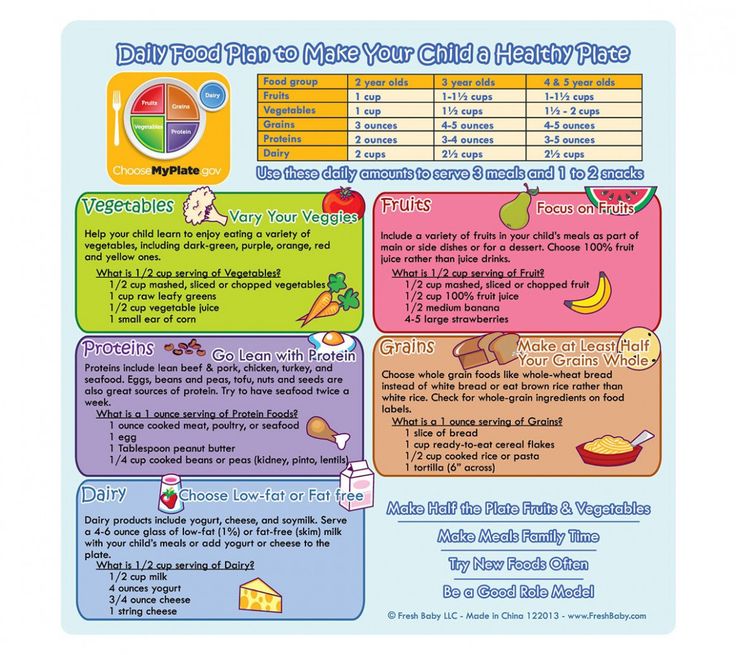 It may take a child up to 8-10 tries to accept a new food.
It may take a child up to 8-10 tries to accept a new food. - Your child may not eat the exact amounts suggested every day. Try to balance the amounts over a few days or a week.
- Offer different foods from all five food groups each day. Encourage your child to choose from a variety of foods.
- Serve foods in small portions at scheduled meals and snacks.
- Toddlers can easily fill up on beverages. Offer water if your child is thirsty in between meals.
- Let your child help prepare meals. Even young children can rinse fruits and vegetables, tear lettuce, or stir ingredients. Children get excited about tasting items when they have been involved in the preparation.
Serve Safe Food
- Some foods are more likely to cause foodborne illness. Only serve your child foods containing seafood, meat, poultry, or eggs that have been cooked to the recommended safe minimum internal temperatures. Avoid serving your toddler unpasteurized (raw) juice or milk.
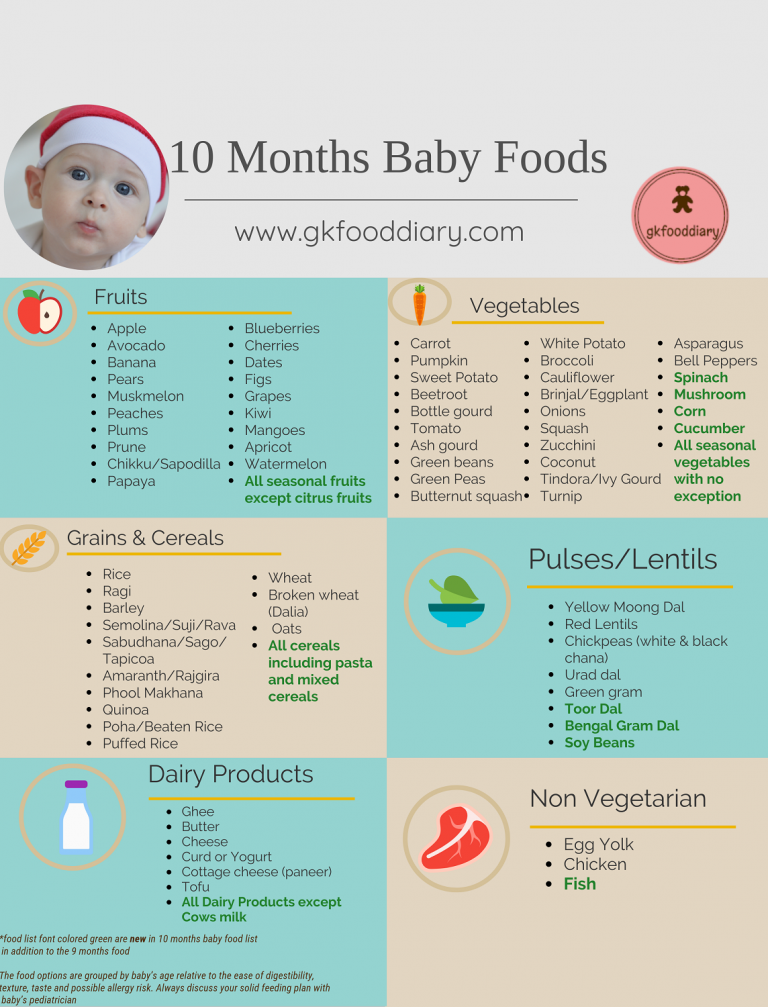
- Avoid serving foods that are hard to swallow or cut them into small pieces, about 1/2 inch. Hard-to-swallow foods can include peanuts, popcorn, round slices of hot dog, hard candy, whole grapes, and cherry tomatoes.
- Be sure to store foods and beverages properly in the refrigerator when not being consumed, including cups of liquid. Discard any perishables left out at room temperature for more than 2 hours.
- To prevent choking, have your toddler sit in a highchair, booster, or other safe, upright place while eating. Sit with your child as they eat. Avoid letting your child run, walk, play, or lie down with food in their mouth.
- Help your child learn to wash their hands after using the bathroom, before and after eating, after playing with pets, or whenever they are dirty. Sing the alphabet song for the right amount of time for proper handwashing.
MyPlate Tips on Alexa
Get MyPlate nutrition information straight to your home on your Amazon Alexa smart speaker, or on your phone or tablet via the free Amazon Alexa app.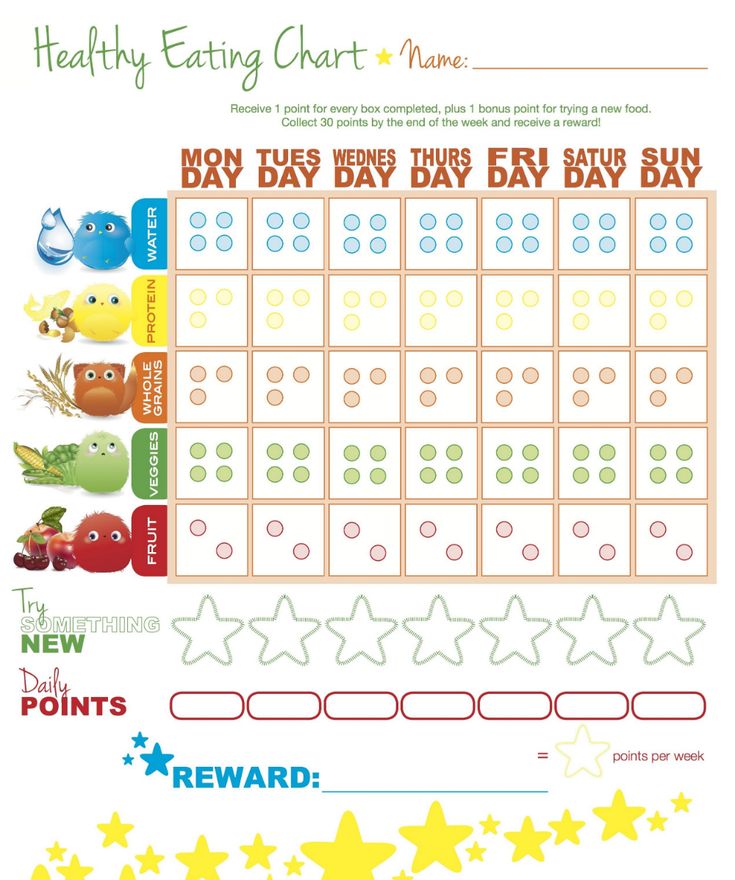 For more information, visit our MyPlate Alexa page.
For more information, visit our MyPlate Alexa page.
Below are some of the many tips available for parents and caregivers on what and how to feed your toddler. And just like the MyPlate.gov website and the Start Simple with MyPlate app, all of the information provided by MyPlate on Alexa is based on the Dietary Guidelines for Americans, 2020-2025.
Added Sugars
Did you know that toddlers should avoid foods and beverages with added sugars? Little tummies don't have a lot of room, and every bite they eat should be packed with the nutrients their body needs. Read the label on the back of food packages to make sure there are no added sugars. Next time you are at the store, for example, grab a tub of plain yogurt with no added sugars. For extra flavor and extra nutrients, you can add in a pureed fruit.
Introducing Foods - Safety
Grapes, cherries, and cherry tomatoes can be great options for your toddler but they must be cut and prepared properly to prevent choking. Before offering any foods that are small and round, slice them into long thin pieces and, if needed, remove pits or large seeds from the inside of fruits.
Before offering any foods that are small and round, slice them into long thin pieces and, if needed, remove pits or large seeds from the inside of fruits.
Grains
When it comes to feeding your toddler grains, like breads and crackers, look for whole grain options by searching the ingredient list for words like "whole wheat flour" or "whole grain." Most toddlers (and adults, too!) don't get enough whole grains in their diet.
Healthy Shifts - Vegetables
Provide your toddler foods that are full of nutrients. Start simple by serving your baby roasted, steamed or mashed vegetables instead of fried vegetables or vegetable chips. For a vegetable idea, try cut and boiled green beans.
Allergenic Foods
Did you know that there is no need to wait to introduce your little one to eggs, seafood, soy, nut products, cow's milk, cheeses or yogurts? In fact, science shows that offering your baby these foods now could prevent an allergy later in life. Talk to your doctor if you have questions.
Vegetarian Diet
If your toddler is following a vegetarian diet, be sure to talk to your healthcare provider to make sure your little one is getting enough iron and vitamin B12.
Iron
Iron is an important nutrient that carries oxygen to your baby's cells. Keep your baby growing well by including iron-rich foods in their diet, like meat, seafood, beans, and spinach.
Responsive Feeding
It is important to recognize when your toddler is hungry and when they are full. Some signs your child might be hungry are they get excited or open their mouth when they are offered food. Your child might even use hand motions or certain sounds when they are hungry.
Vitamin D
Did you know that many kids may need to continue to get a vitamin D supplement even after they turn one? Check with your pediatrician to see what is right for your toddler.
Unpasteurized Foods
Unpasteurized foods are not safe for your little one as some unpasteurized products may contain harmful bacteria.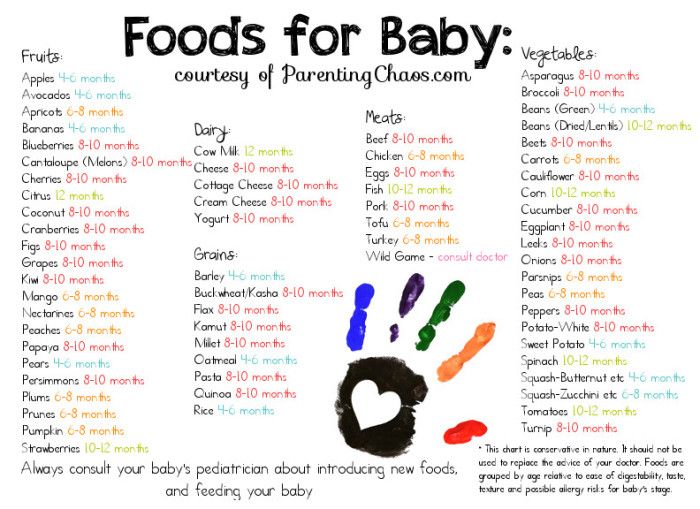 Look for the word "pasteurized" on the food label before feeding your baby yogurt, milk, cheese, or juice. Pasteurized foods are the safest to feed your little one.
Look for the word "pasteurized" on the food label before feeding your baby yogurt, milk, cheese, or juice. Pasteurized foods are the safest to feed your little one.
Beverages
Did you know that "toddler milks" and "toddler drinks" come with a lot of sugar? Experts recommend avoiding these and focusing on giving your baby healthy foods and beverages throughout the day. After your baby's first birthday, infant formula is no longer recommended. Instead, offer cow's milk, water, and if available, breastmilk.
Brain Development
Your baby's brain is going through a big growth spurt. Feed your little one seafood to help boost their mind. Try cooked crab, salmon, or canned shrimp. Offer your baby one ounce of fish once or twice a week. One ounce is about the size of three dice.
Healthy Shifts - Fruits
Make healthy shifts to empower your toddler to eat foods full of nutrients. Instead of offering sugary fruit bars, give your toddler fresh, canned or frozen fruit with no added sugar to snack on.
Introducing Foods - Safety
Nut butters like peanut butter are a great option to offer your toddler. To prevent choking, be sure to spread it thinly over a cracker or toast. Avoid offering a spoonful as your child may not be able to safely swallow that amount.
Repeated Exposure
Did you know that it may take 8 to 10 times before your child likes a new food? So, for example, offering your little one fruits and vegetables repeatedly will increase the likelihood that they will eventually like them. So, keep up the good work and one day it will pay off!
Variety - Foods, Flavor, Texture
It is important to offer your toddler a variety of foods from all of the five food groups -- fruits, vegetables, grains, protein foods, and dairy foods. Offer healthy foods and a variety of flavors and textures. You can try adding the same spices and seasonings that the rest of the family enjoys. Research indicates children may have to try foods many times before they like it.
Healthy Eating
Did you know that nearly 90% of toddlers don't eat enough vegetables? Try to offer a variety of colorful vegetables, like broccoli, spinach, sweet potatoes, black beans, lentils, peas, and cauliflower to your little one to help them grow big and strong.
Resources
Image
Healthy Eating for Toddlers Tip Sheet
English Spanish
Image
Behavioral Milestones
View
Image
Kitchen Helper Activities
View
Image
Healthy Tips for Picky Eaters
English Spanish
Image
MyPlate on Alexa
View
Image
Reducing the Risk of Choking in Young Children
English Spanish
Image
Food Safety for Children Under 5
View
Image
Mealtimes with Toddlers – Family Handout
English Spanish
Image
CDC’s Milestone Tracker App
English Spanish
Image
More Print Materials
English Spanish
Characteristics of the main types of baby food
Category: Baby food
(in accordance with Appendix 15 to SanPiN 2.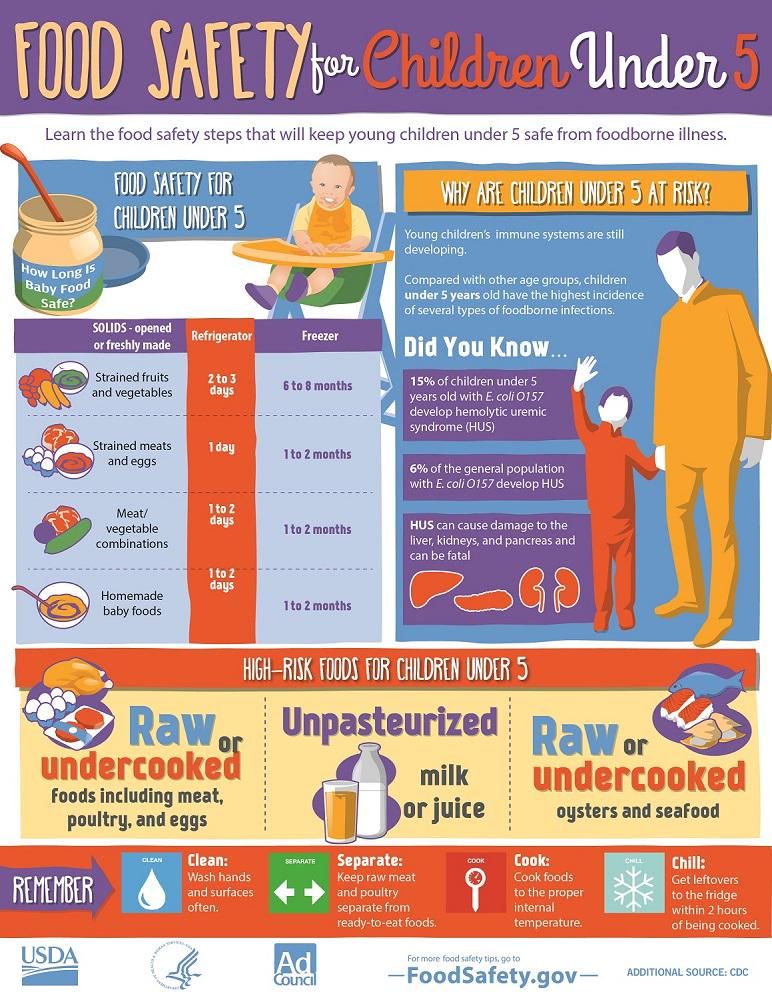 3.2.1078-01 "Hygienic requirements for the safety and nutritional value of food products")
3.2.1078-01 "Hygienic requirements for the safety and nutritional value of food products")
1. Milk based baby food
These products include, first of all, "women's milk substitutes" intended for mixed and artificial feeding of children. "Women's milk substitute" is a high-quality product made mainly on the basis of cow's milk, as well as on the basis of soy proteins, etc., as close as possible in composition to women's milk and thus adapted to the peculiarities of metabolism, functional state and immunoreactivity of the first year of life. nine0003
2 versions of adapted milk mixtures have been developed:
1. For children from 0 to 3 months;
2. For children from 3 to 12 months.
At the same time, partially adapted formulas can also be used in the nutrition of children, including domestic and foreign mixtures of previous generations, as well as mixtures for children in the second half of life (the so-called "following formulas").
Based on the recommended composition, mixtures can be developed:
1.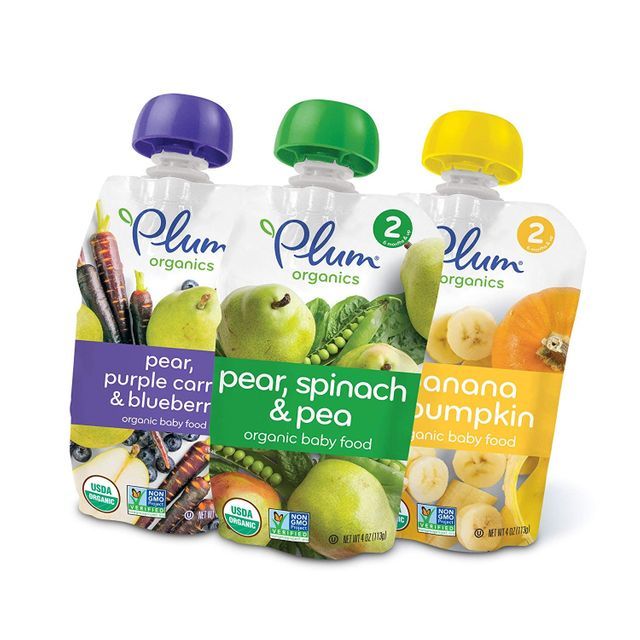 Dry;
Dry;
2. Liquid;
3. Fresh;
4. Sour-milk.
Bifidus and lactobacilli, acidophilus bacillus, etc. are used as starter cultures for fermented milk mixtures. The acidity of adapted fermented milk mixtures does not exceed 70 degrees.
Along with indicators of nutritional value, safety indicators are of utmost importance for "replacers of human milk".
For the production of adapted formulas, cow's milk must be used, as well as other components specifically designed for the production of baby food. nine0007 Another group of milk-based baby food products are liquid and pasty dairy products made from whole cow's milk: milk, fermented milk products, cottage cheese.
These products are used in the nutrition of a child of the first year of life as complementary foods, as well as children from one to 3 years of age. When characterizing the nutritional value of these products, special attention is paid to the standardization of their protein and fat content.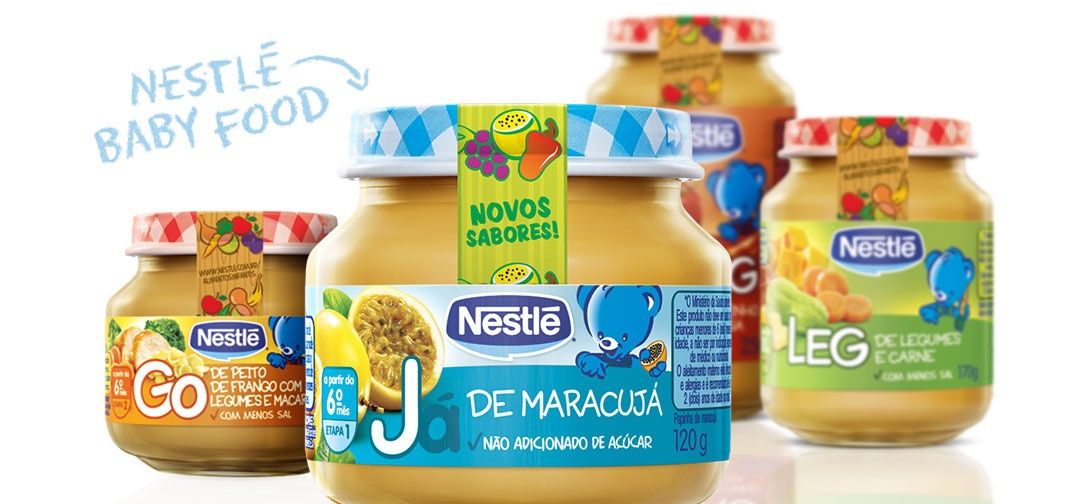 The acidity of liquid fermented milk products does not exceed 70-100 degrees, and pasty - 150 degrees. nine0003
The acidity of liquid fermented milk products does not exceed 70-100 degrees, and pasty - 150 degrees. nine0003
2. Grain based complementary foods
These products include flour (from various cereals) for baby food, dry milk porridge, as well as specialized instant cookies and pasta for baby food.
The cereal component is introduced into the diet of a child of the first year of life from 4.5-5 months as an additional source of energy, as well as new carbohydrates (starch, dietary fiber), vegetable protein, some vitamins and mineral salts. In accordance with international recommendations, complementary cereal products (flour and dry cereals) should be enriched with calcium, iron and essential vitamins. nine0007 The most modern form of production of these products are instant (instant) flour and dry cereals, for the preparation of ready meals (milk cereals) from which cooking is not required. This group of products, presented in a separate section, is characterized by significantly more stringent requirements for microbiological standards than cereals that require cooking.
The safety of complementary foods based on grain and grain milk is determined mainly by the safety of the main feedstock - cereals and flour, as well as milk. For the production of grain-based baby food, cereals and flour are used, specially designed for feeding young children. Sugar, dextrinmaltose, honey, vegetable oils, natural flavors (vanillin, dry fruit and vegetable powders) can also be added to their composition. nine0003
3. Complementary foods based on fruits and vegetables
These include: canned fruit, berry, vegetable and mixed juices and purees. These products are used as complementary foods (usually the first) starting from 3-4 months of age. The nutritional value of these products is determined by the content of easily digestible carbohydrates, mineral salts (potassium, iron), vitamins (C, P, bioflavonoids, -carotene), dietary fiber.
An important indicator is also the total acidity, which should not exceed 0.8%, and the degree of grinding of canned food (homogenized, finely ground, coarsely ground). nine0007 Along with the indicated products, this group includes canned food with a complex raw material composition - from vegetables, cereals and meat, and from vegetables, cereals and fish. The nutritional value of these canned foods is increased by combining several food groups - meat (fish), vegetables and cereals, complementing each other in terms of a set of nutrients.
nine0007 Along with the indicated products, this group includes canned food with a complex raw material composition - from vegetables, cereals and meat, and from vegetables, cereals and fish. The nutritional value of these canned foods is increased by combining several food groups - meat (fish), vegetables and cereals, complementing each other in terms of a set of nutrients.
The safety of canned fruits and vegetables is determined mainly by the safety of the raw materials and, above all, fruits and vegetables, as well as additional components. nine0003
4. Complementary foods based on meat
These include beef-based canned food, as well as pork, horse meat with the addition of offal, and poultry-based canned food. They are used in the nutrition of children from 7-8 months, and according to indications - at an earlier age.
The nutritional value of canned food is determined by the content of proteins with high biological value, fats, vitamins A, B, and iron.
5.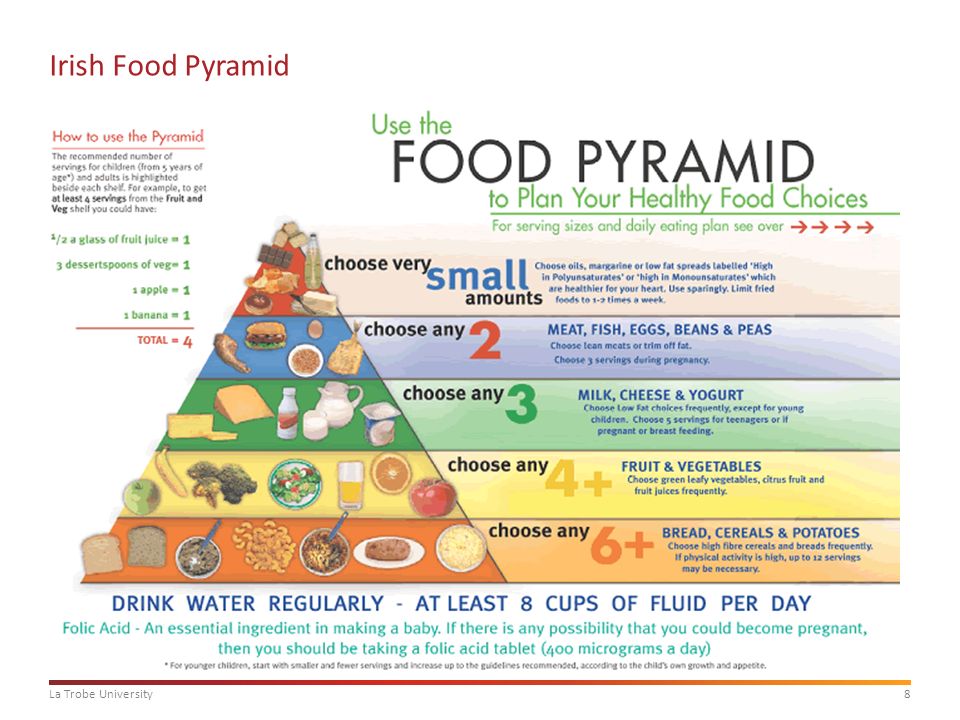 Fish based complementary foods
Fish based complementary foods
These include canned fish for baby food. They are used from 8-9 months of a child's life 1-2 times a week.
The nutritional value of canned fish is determined by the presence of proteins with high biological value, fats (containing omega-3 fatty acids deficient in human nutrition), vitamins group B, iron, some trace elements.
6. Products for children of preschool and school age
These products are mainly intended for organized catering in the respective establishments. However, they can also be used at home. nine0003
The expediency of using these specialized products with increased biological and nutritional value for children and adolescents is due to the need to rationalize nutrition, eliminate the deficiency of a number of nutrients and, above all, mineral salts, incl. microelements, which takes place as a result of the current unfavorable socio-economic and environmental living conditions.
7. Products for medical nutrition of children
Products for medical nutrition of children
The nutritional value of products for clinical nutrition of children is determined by two criteria:
1. The most complete correspondence to the basic physiological needs of children in nutrients and energy. These requirements are common to foods intended for healthy and sick children and have been discussed in detail above in the section on foods for healthy children;
2. The effectiveness of the therapeutic action of products, which is determined either by elimination, or vice versa, enrichment of the product with certain nutrients, in accordance with their intended purpose and the nature of metabolic disorders in each specific disease or group of diseases. nine0007 In accordance with these criteria, among the indicators of the nutritional value of baby food products are the content of macro- and micronutrients, which, when using the product as the main source of nutrition (for example, products for premature babies, for children with food allergies), should meet the needs to the maximum extent. child.
child.
For medicinal products whose composition is modified in accordance with the pathogenetic principle of diet therapy, the criterion may be the degree of elimination of a number of components (for example, the removal of lactose from products for children with malabsorption syndrome, the removal of allergens from products for children with food allergies, etc.). nine0003
Different food groups in the diet of infants and young children
Vegetables and fruits
Vegetables and fruits are an extremely important source of vitamins and minerals, so they must be on the baby's menu. Vegetables are great as first foods. For example, carrots contain natural sugar and the sweet taste of this vegetable is very popular with children, but at the same time, carrots contain a high amount of beta-carotene and other essential nutrients. Beans and other legumes are high in folate, but because of so-called anti-nutrients and the danger of choking, they are not suitable as first foods.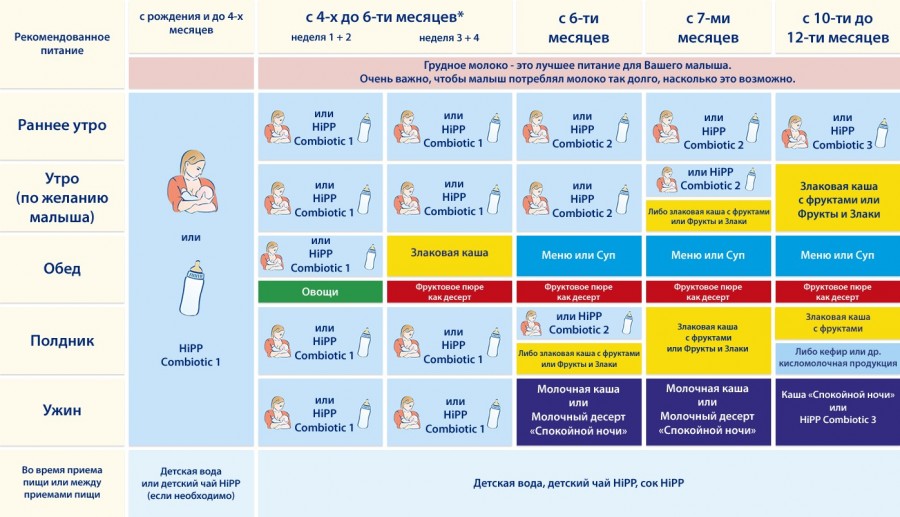 If you still give them to children, then in a limited amount and in pureed form. nine0003
If you still give them to children, then in a limited amount and in pureed form. nine0003
Fresh and firm vegetables are difficult for the child to eat. Vegetables and fruits can be served steamed, baked, pounded or chopped right before eating. In fresh form, the child can be given, for example, bananas, mangoes or other fairly soft fruits.
In addition, vegetables, fruits and berries can be mashed, both fresh and pre-boiled. To ensure food safety, all pre-frozen foods must be thoroughly reheated before eating. Individual vegetables and fruits contain very different amounts of nutrients, so the child's menu should contain different types of fruits. nine0003
Since babies need vegetables, it is worth increasing their number in the diet of the rest of the family. Vegetables can be "hidden" in almost every dish. Fresh tomatoes and carrots, for example, are perfect with meat sauces and simple pastas.
Cereals, potatoes and bread
Depending on the country and culture, potatoes, rice, baked goods and pasta form an essential part of the daily menu.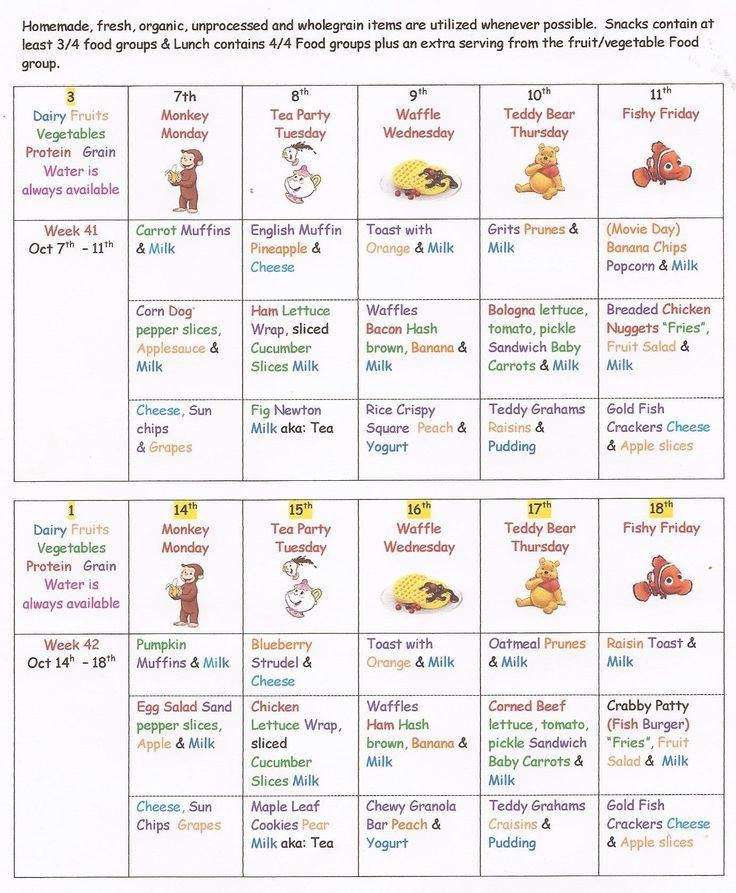 They are also necessary for babies, but compared to the diet of an adult, a children's table should contain significantly less of these products. Vegetables and fruits are more necessary for babies. Grains are still rich in many nutrients, such as B vitamins, fiber and minerals. We recommend that you try to offer your child, including, and not the most common cereals, such as quinoa or millet. nine0003
They are also necessary for babies, but compared to the diet of an adult, a children's table should contain significantly less of these products. Vegetables and fruits are more necessary for babies. Grains are still rich in many nutrients, such as B vitamins, fiber and minerals. We recommend that you try to offer your child, including, and not the most common cereals, such as quinoa or millet. nine0003
Whole grains contain anti-nutrients that interfere with the absorption of nutrients. In order to absorb the necessary nutrients in sufficient quantities, children should not be given large amounts of whole grains.
Although milk is a good source of calcium, it is recommended to use milk and water in a one-to-one ratio when making porridge for babies, as cow's milk interferes with the absorption of iron. To prepare cereals for children under one year old, you can use a partially adapted milk formula, and if the child receives breast milk in sufficient quantities, then a partially adapted mixture in half with water.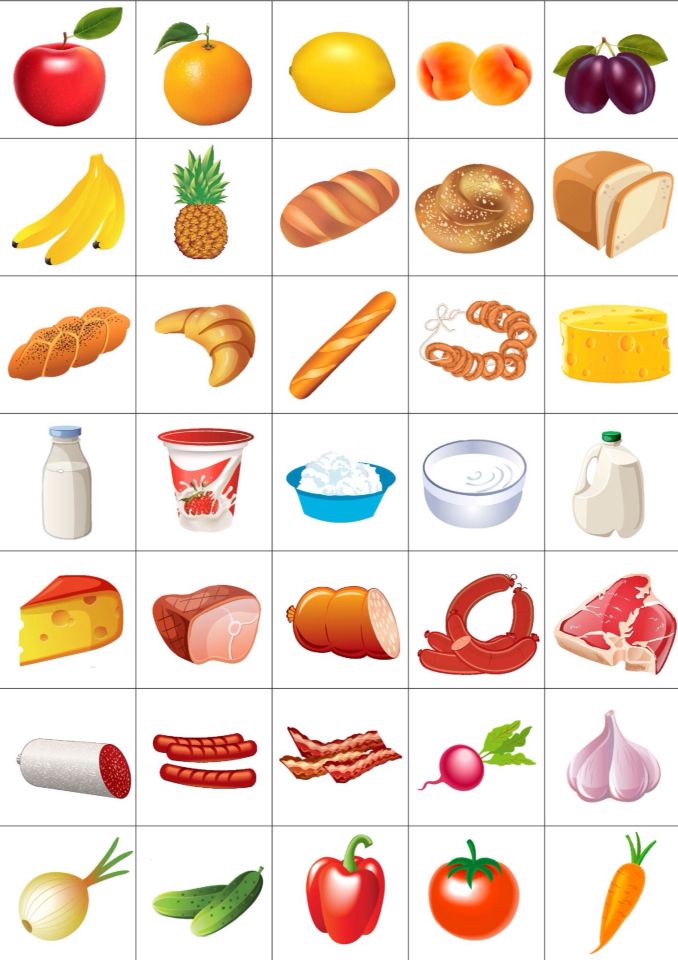 NB! Milk mixtures cannot be boiled, first you need to boil the porridge in water and add the mixture only at the end of cooking. To increase the content of vitamins in porridge, you can add grated berries or fruits to it. nine0003
NB! Milk mixtures cannot be boiled, first you need to boil the porridge in water and add the mixture only at the end of cooking. To increase the content of vitamins in porridge, you can add grated berries or fruits to it. nine0003
Milk and dairy products
During the first six months of life, the child should be fed exclusively with breast milk. Children over 6 months of age can drink additional pure water if they are thirsty. Upon reaching the age of six months, when, in addition to breast milk, the child is able to digest more complex foods, it is allowed to prepare complementary foods (for example, porridge) in addition to breast milk, you can add a small amount of pure or mixed with water cow's milk. Dairy products are a good source of calcium and vitamin B 12 .
Added fat
Breast milk is very rich in fat, so the baby is used to getting most of its energy from fat. During the period when the baby begins to get acquainted with new foods, most of the energy should also come from fat, at least during the first two years.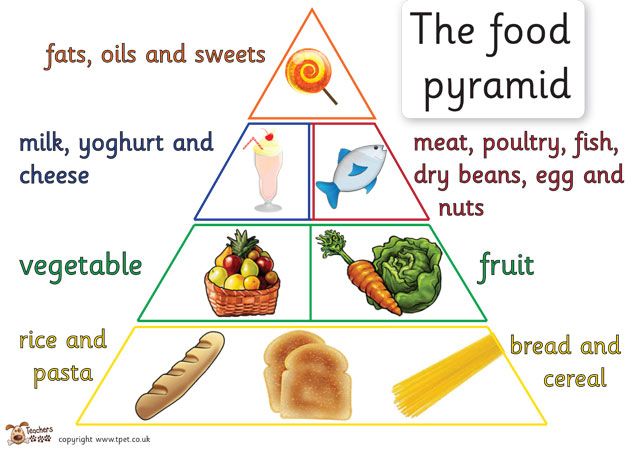 With continued breastfeeding, most of the baby's fat needs are covered by breast milk. In the event that the child no longer receives a breast, you can add butter or vegetable oil to his food (for example, in porridge or vegetable puree), at the rate of approximately 5 grams of fat per 100 grams of food. nine0003
With continued breastfeeding, most of the baby's fat needs are covered by breast milk. In the event that the child no longer receives a breast, you can add butter or vegetable oil to his food (for example, in porridge or vegetable puree), at the rate of approximately 5 grams of fat per 100 grams of food. nine0003
Fats are made up of a variety of fatty acids that are vital for a child's rapidly developing brain and nervous system. The baby receives most of them mainly from breast milk, and later from fish, vegetable oils, for example, from linseed or rapeseed.
Nuts and seeds are also a good source of unsaturated fatty acids, but during the first year of life their intake should be severely limited as they are also high in phytates. These are substances that interfere with the absorption of other essential nutrients. To reduce the amount of phytates, nuts should be soaked for at least 8 hours before being added to infant food. It is worth remembering that eating nuts in general can be dangerous for the baby.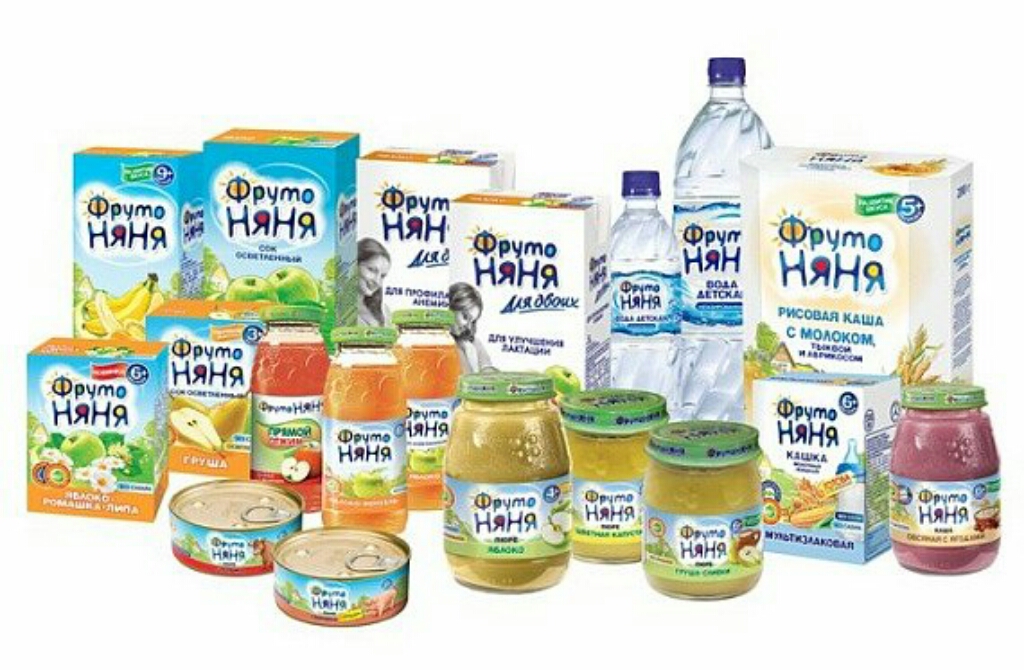 They can be inhaled and cause suffocation! nine0003
They can be inhaled and cause suffocation! nine0003
Do not give your child deep-fried foods such as french fries or donuts. Store-bought cookies are also high in fat and are not suitable for a baby to eat.
Meats, chicken, fish, eggs
Compared to older children and adults, young children need a much more limited amount of protein. Therefore, you should not worry too much about whether the child is getting enough protein. A normal and balanced diet provides this need. nine0003
However, protein-rich food contains a lot of other important nutrients, so you should not limit your child's diet, it is necessary to provide the child with a varied and rich menu.
Red meat is high in iron and fish is high in essential fatty acids. When cooking for a baby, the meat needs to be cooked much longer so that it becomes as soft as possible, and it is easier to grind it into a puree.
Fish is a good and nutritious part of many dishes. Be sure to make sure that all bones are removed, even the smallest ones.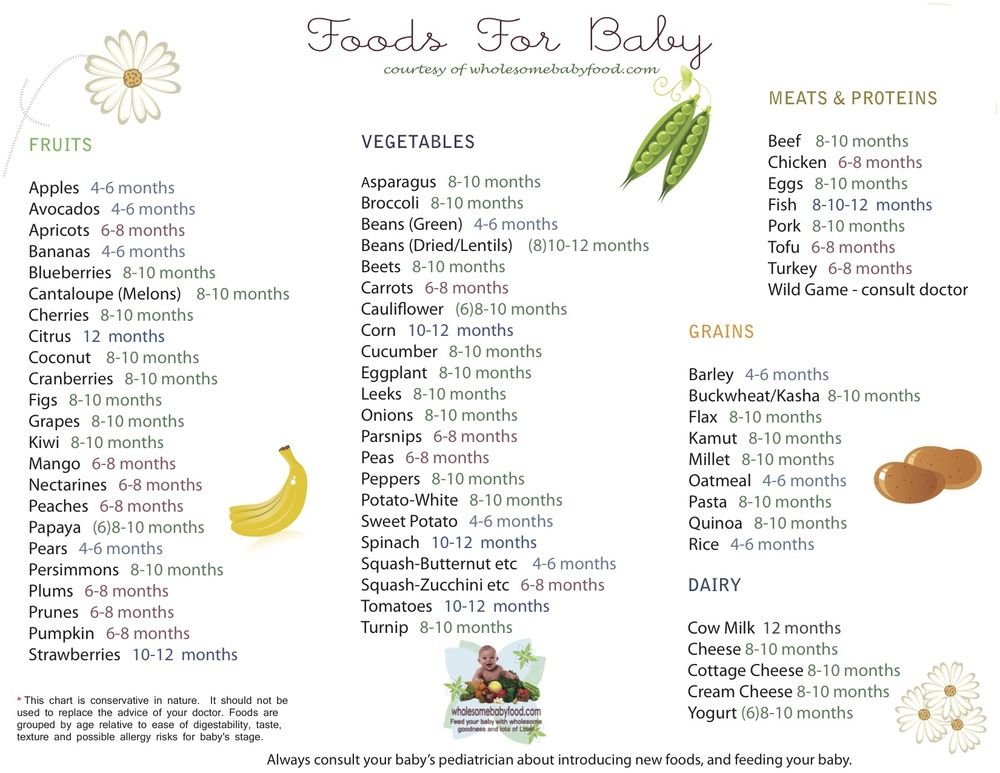 nine0003
nine0003
A small amount of boiled egg can be added to any dish offered to the baby. The egg can be cut into small pieces and let the baby try to eat it on his own, with his hands. In addition, the egg can be introduced into the child's menu as part of, for example, casseroles.
Human cells need sodium. It is a mineral found mainly in salt, so people should get some of it from their diet. A person receives a sufficient amount of sodium even when we do not salt our food. Baby food should not be salted at all. nine0003
Sugary foods and snacks such as sodas, fruit drinks, sweets, ice cream, cookies, cakes and other sweets do not contain vitamins and minerals, or if they do, they contain negligible amounts. At an early stage of development, the child needs a large amount of vitamins and minerals. Foods that are high in sugar, including sweet yogurt and cottage cheese, even in small amounts, spoil a child's appetite and provoke further refusal of a child to eat healthy, nutrient-rich foods.